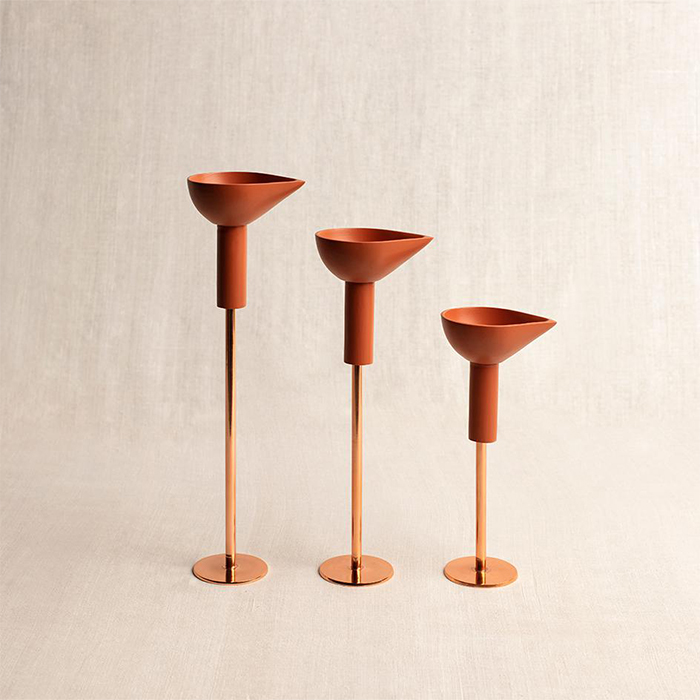Maison & Objet Fall 2011, Part Two
Six innovative and sustainable designs sighted at Paris’ renowned interiors expo

Following up to part one of our 2011 Maison & Objet coverage, which focused on the transitional modes of design that cater to indoor and outdoor use, part two aims to showcase the recent innovations in sustainable design. Seen in the general recycling of traditional fibers as well as environmental breakthroughs in classic lighting systems, the eco-friendly theme was thriving at the biannual housewares expo.

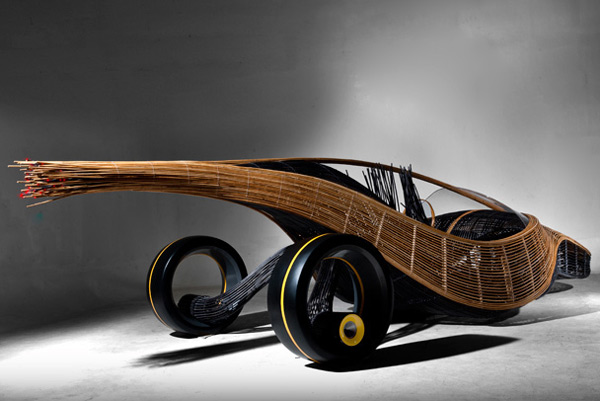
One of the show’s most striking illustrations of sustainable design is the audacious “Phoenix” bamboo and rattan car conceived by Philippine designer Kenneth Cobonpue, which originally debuted at Milan’s Via Tortona show last April. The prototype demonstrates that a biodegradable car can still be attractive, while also asking consumers to change the way they think about traditional modes of transportation. A shell that can be reused again and again, the super light Phoenix was hand-built in ten days as an opposition to typical assembly line production.
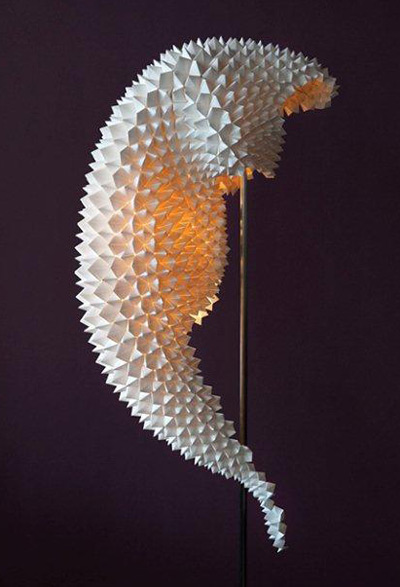
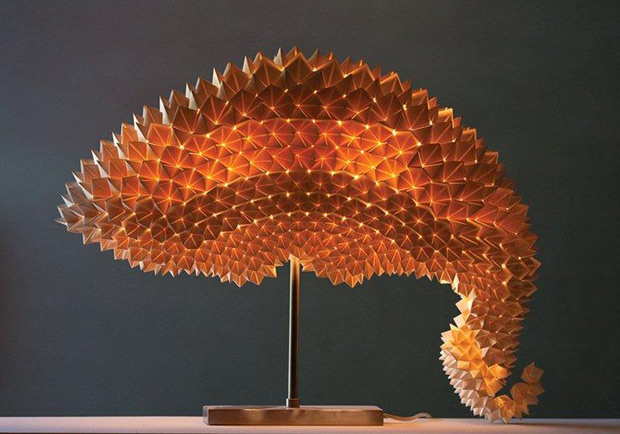
Paper lamps were among the most abundant items throughout the show this year, playing to the medium’s light and airy feeling and typically low production cost. Philippino designer Luisa de los Santos Robinson impress the crowd with Dragon’s Tail, a series of beautiful origami-inspired lamps created for the design collective Hive.
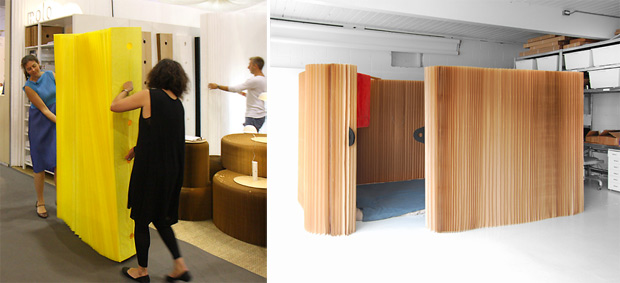
Vancouver-based furniture and lighting company Molo gave their enchanting paper creations even greater function with Softshelter, a continuation of their modular Softblock line. The system is made of a paper honeycomb that expands to form a completely freestanding partition that can extend to up 15 feet long and 6 feet tall. Assembly takes just a matter of minutes and doesn’t require any tools, making the simple design a great asset in disaster relief. Concealed magnets are used as the structure’s only fastening system, further exemplifying Molo’s dedication to straightforward design.
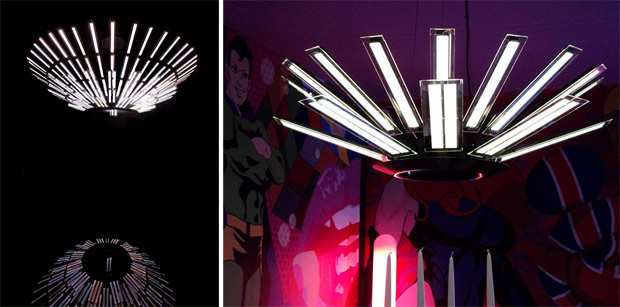
A huge potential for innovation in LED lighting, French studio Blackbody showed off their one-year-old organic LED technology. A thin layer of carbon enlightens when stressed with electricity, making the best of nano-technologies. The carbon layer is put on ultra-flat, two-millimeter-thin panes and provides a soft surrounding light that is even safe to touch. When turned off, the surface looks like a mirror. The material adapts to whatever kind of form or colors a designer can imagine, including screens, clever packaging and numerous types of luminous displays. Soon it will be possible to put the layer on a flexible surface, increasing its potential in the industrial or residential realms.

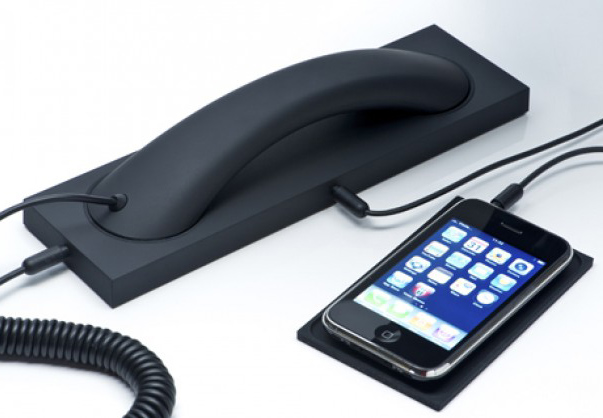
The most creative smartphone technology came from the Native Union, a Hong-Kong based company launched only two years ago. Their sleek Moshi Moshi retro handsets reduce radio wave radiation by 90%, and many of their charging bases allow you to connect two devices simultaneously—perfect for the smartphone and tablet user.
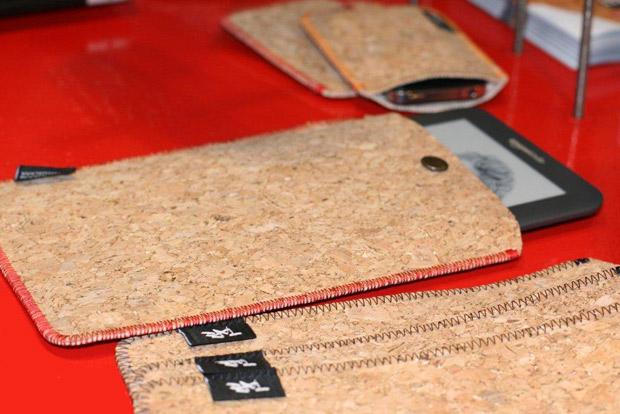
The brainchild of South African designer Ryan Frank and East London indie music company Tape, Tapegear hand makes flexible but sturdy cork sleeves for laptops, tablets and smartphones. The cork is cultivated in a Portuguese forest, and the edgy sleeves are manufactured in Spain.
